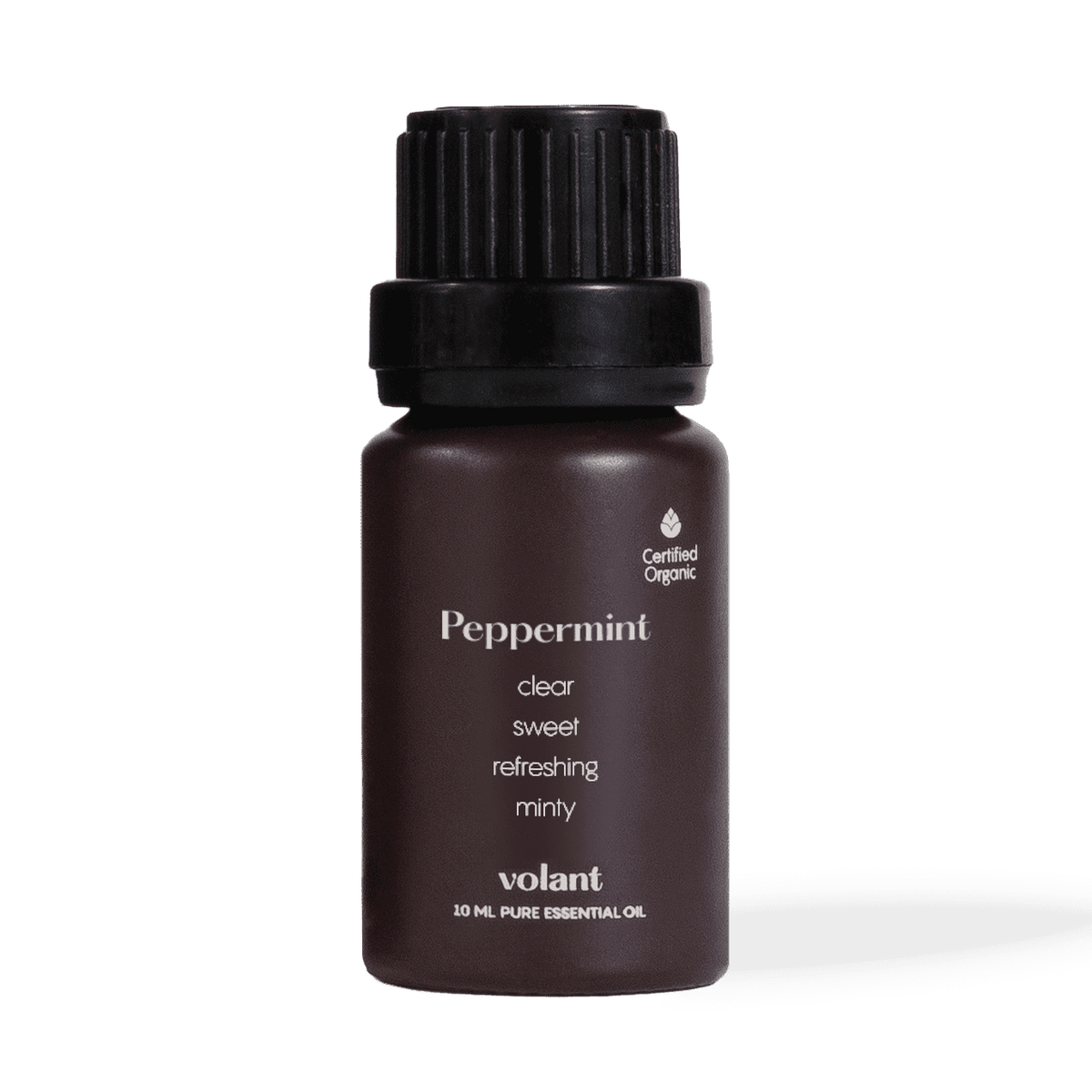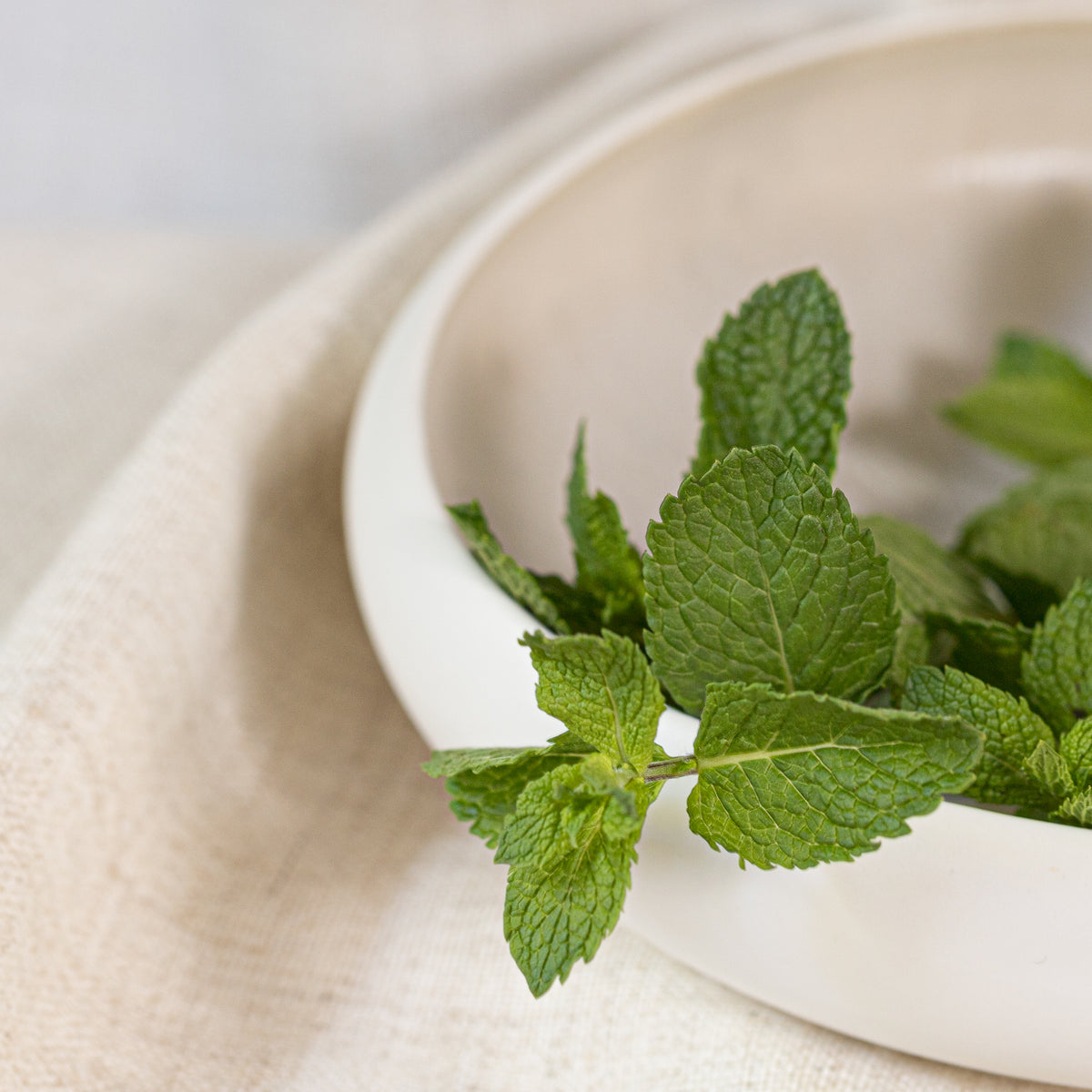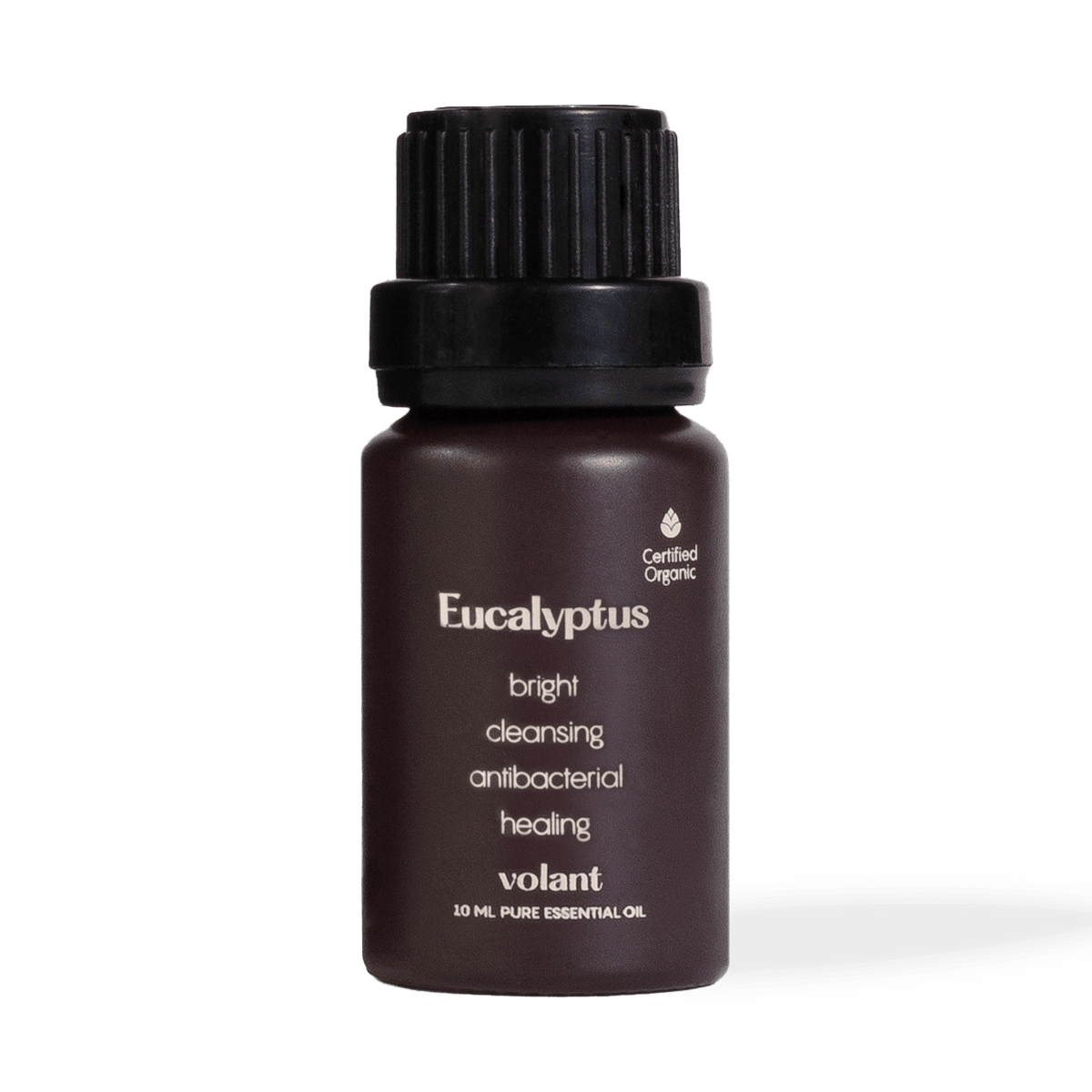When you’re struck with a migraine, you’re likely to begin searching your cupboards for painkillers whilst combing the internet for the best migraine remedy. Migraines are debilitating, and the symptoms are often more far-reaching than simply a headache.
What causes migraines?
No one knows exactly how migraines are caused. Scientists think they may be a result of abnormal brain activity which temporarily affects the nerve signals, chemicals and blood vessels in the brain. Perhaps there’s excessive blood flow to the blood vessels in the brain, increasing pressure and pain. Or perhaps the barometric pressure affects some people more than others. However, research is ongoing.
What we do know is that migraines typically have a trigger which is individual to you. This could be hormonal, emotional, physical, dietary, medicinal or environmental.
For example, many women find that migraines are more common at certain times during their menstrual cycle. Other people find their migraines are generally triggered by stress, lack of sleep, caffeine, dehydration, certain foods or bright lights.
It’s important to try and find the trigger for your migraines. Once you’ve identified the trigger, you can try to eliminate or limit its effect in order to reduce the number of migraines you experience.
What are the symptoms of a migraine?
Migraine attacks are debilitating, often preventing you from carrying out normal activities such as caring for your children, working or driving a car.
The symptom that most people associate with a migraine attack is an intense headache. This typically occurs on one side of the head. Most people experience a migraine headache as a severe throbbing sensation which becomes worse with movement.
For some people, migraine headaches affect both sides of the head and occasionally the face or neck. However, there are also many other lesser-known symptoms which often occur during a migraine attack.
Many people suffer from nausea and sometimes vomiting during a migraine. It’s also common to experience increased sensitivity to light and sound when a migraine strikes, sometimes causing blurred vision. This is why people often want to rest in a dark, quiet room during a migraine attack.

Which essential oils can help with migraines?
Extracted from the leaves, flowers and other parts of a plant, essential oils offer a range of health benefits such as reducing stress, offering relief from pain and improving sleep.
Many people find that essential oils make effective natural remedies for headaches and migraines when they do occur.
Different essential oils offer different benefits, making them better suited to reducing migraine triggers, improving tension headaches, soothing pain or reducing nausea. It might take a bit of trial and error to find the best essential oils for headaches and migraines that work for you, but it’s worth the perseverance.
We’ve hand-picked some of our favourite essential oils for treating the symptoms associated with migraine attacks.
Peppermint oil: Common but effective
One of the most commonly used essential oils as a natural remedy for migraines, peppermint oil is ideal for relieving the symptoms of migraine attacks and treating tension headaches.
Peppermint essential oil contains menthol which helps your muscles to relax whilst easing pain. This oil also has a cooling effect when the diluted oil is applied topically. This can help to reduce muscle contractions in your head and neck whilst stimulating blood flow.
One study found that applying diluted peppermint essential oil to the forehead and temples during a migraine attack significantly reduced pain levels after just 15 minutes, with no adverse effects. This proved for the first time that peppermint oil can help to alleviate tension headaches and migraines.
Try applying peppermint oil to your temples when you notice the first signs of a migraine attack. However, be sure to dilute this oil with a carrier oil such as sweet almond oil or coconut oil before application to avoid any irritation.
Lavender oil: Not just for relaxation
Lavender is one of the most commonly used essential oils and is well-known for its ability to promote relaxation and to enhance sleep. However, there’s also strong evidence which shows that lavender can be used as a headache remedy and to help treat migraines.
A 2013 study investigated the effects of aromatherapy for migraines, specifically looking at inhaling the aroma of lavender essential oil during the early stages of a migraine attack. Researchers found that the scent of lavender oil helped to reduce the severity of pain and other associated migraine symptoms within 15 minutes.
Stress is one of the most common triggers for migraine attacks. Lavender essential oil has been proven to promote relaxation. If your migraines are triggered by stress, try inhaling lavender oil to help you to relax. Some people find that inhaling the aroma of lavender oil at the onset of stress can help to prevent migraine attacks from occurring.
Another frequent trigger for migraine attacks is sleep deprivation. If you’re struggling to sleep, lavender essential oil may help. You can massage diluted lavender oil into your skin, add it to a diffuser or mix lavender oil combined with a carrier oil into a warm bath.








